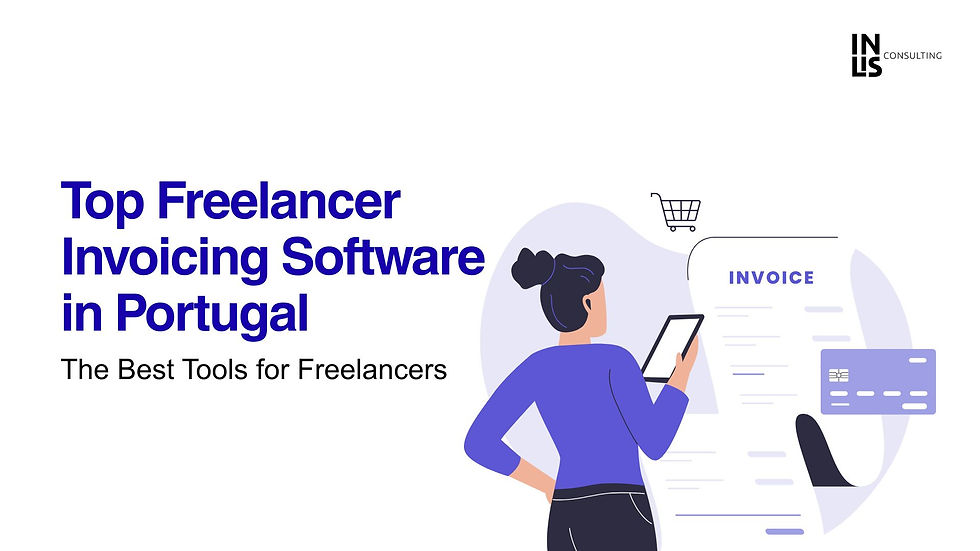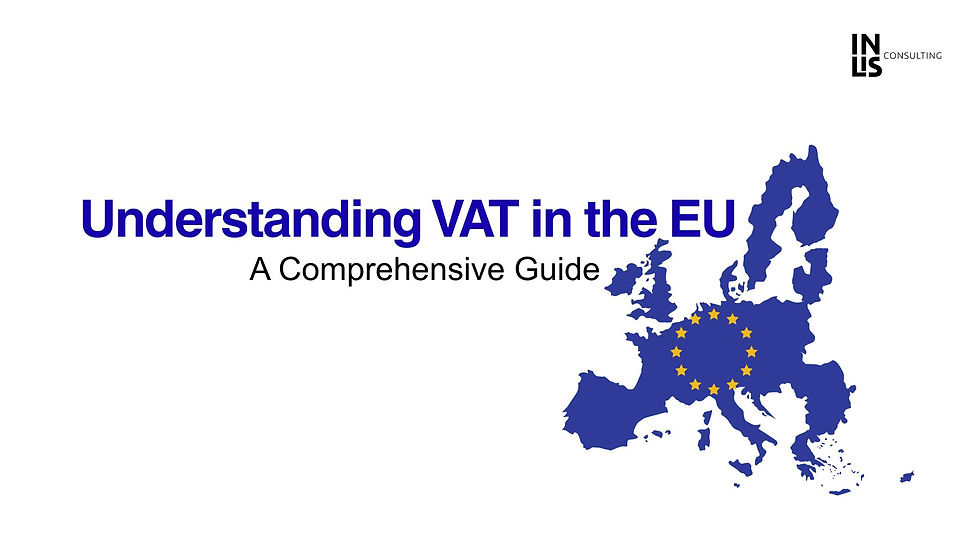Guide to the EU AI Act for SME Accountants
- INLIS Consulting
- Jul 18
- 2 min read
On 13 June 2024, the EU Artificial Intelligence Act became a binding law across the EU. It applies directly, not through national law, and affects all users of regulated AI systems, including SMEs and small accounting firms

Accountants must understand the Act’s structure, the way AI is categorized, and how SME support works under the legislation.
Risk Categories and Accounting Use Cases
The AI Act classifies AI systems into four risk levels: unacceptable, high, limited, and minimal/no risk.
High-risk AI includes tools used for automated financial reporting, fraud detection, credit scoring, auditing, and payroll processing. Firms using such tools must follow detailed compliance rules.
Limited-risk AI, like generic chatbots or summarization tools, requires transparency—clients must know AI is used.
Minimal-risk tools, such as simple spell-checkers, are generally exempt from oversight.
Main Requirements Under the AI Act
High-risk AI systems trigger strict regulations:
Documentation & Registration: Maintain detailed records of how the AI was trained, validated, and how it is used
Risk Management: Conduct risk assessments before deploying AI and monitor outcomes continually.
Human Oversight: Ensure that qualified professionals review and sign off on key AI-generated outputs.
Transparency & Explainability: AI decisions must be traceable and understandable to clients and auditors.
Data Governance: Use high-quality, lawful data and keep logs of all processing activities.
Special Support for SME Firms
The EU recognizes that SMEs may face heavier burdens under the AI Act and includes specific support measures
Priority access to regulatory sandboxes for testing AI under safe, supervised conditions, free of charge
Simplified documentation rules and reduced compliance fees proportional to company size
Training, advisory support, and communication channels from national authorities to help SMEs adapt
Timeline & Key Milestones
February 2025: Bans on unacceptable AI practices become effective
August 2025: Full requirements for general-purpose models take effect
2026–2027: Full compliance deadlines for high-risk AI systems, including accounting use cases
How Accountants Can Prepare
Audit all AI tools in use and categorize their risk level under the Act
Ensure high-risk systems have governance, documentation, and human review built in.
Train staff on AI literacy, ethics, and transparency obligations
Engage in sandbox programs if developing custom AI workflows or tools.
Stay informed on updates from EU supervisory authorities and the central AI Office
Why This Matters for Clients and SMEs
Accounting firms serve as trusted advisors to SMEs. Explaining the EU AI Act and guiding clients on how to comply adds clear value. Compliant use of AI also builds trust, reduces risk, and enhances service quality.
Final Thoughts
The EU AI Act is the world’s first comprehensive legal framework for AI. It provides balance, encouraging innovation while ensuring safety and transparency. SME accountants must understand these rules, leverage available support, and build robust governance to stay compliant and competitive.




Comments